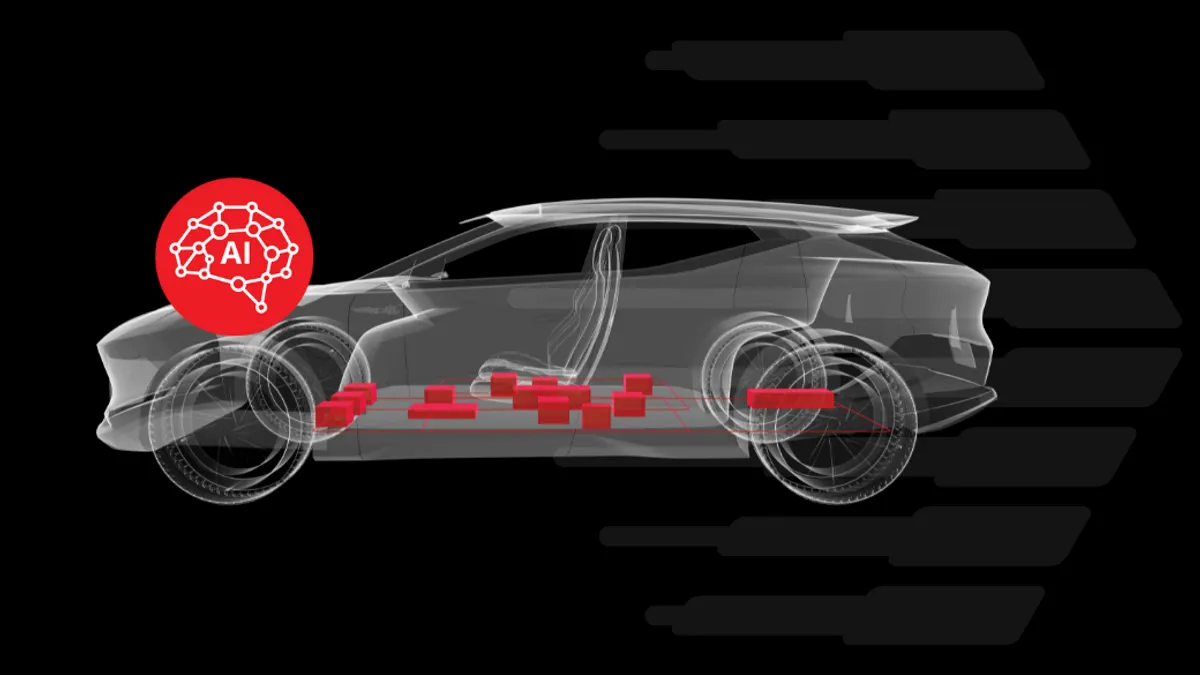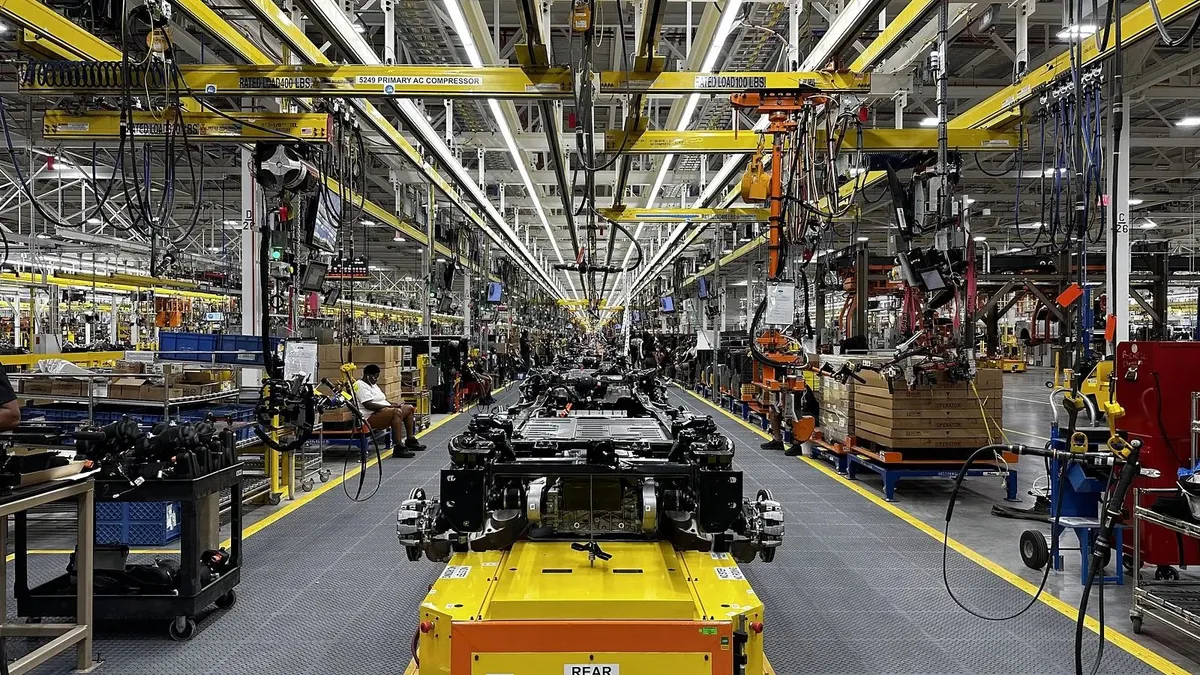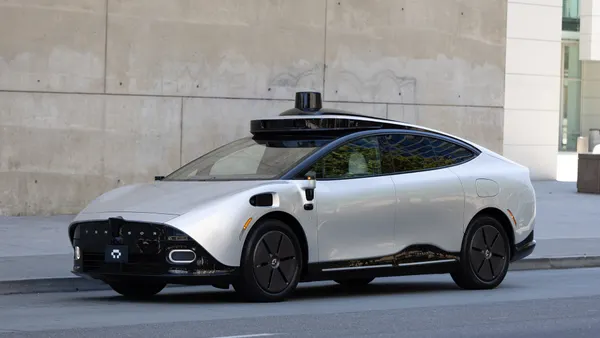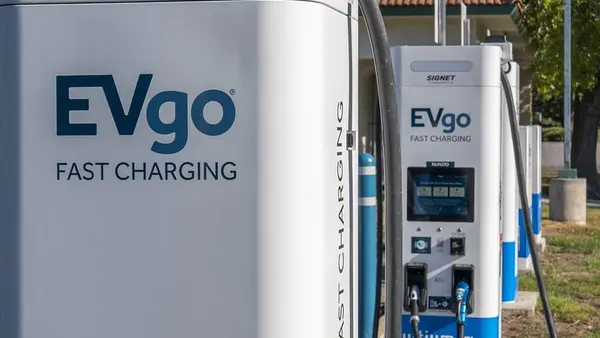AI’s most transformative automotive applications may soon no longer be flashy dashboards. The greatest innovations will instead occur deep inside core vehicle systems, where native platforms built for real-time, edge processing offer major competitive advantages.
Original equipment manufacturers have many untapped opportunities to leverage AI and with software-defined vehicle architectures—from better vehicle optimization and battery management systems to more precise driver monitoring and other advancements. Smart diagnostics, dynamic performance calibration, and predictive maintenance were top-ranked use cases for AI in auto in the 2025 SDV Survey conducted by Wards Intelligence on behalf of Sonatus.
Today’s AI applications outside of Advanced Driver Assistance Systems (ADAS) and Autonomous Vehicles (AV) remain largely cloud-based, and thus not seamless with the driving experience. OEMs and their supplier ecosystem partners have an opportunity to deploy a wider array of AI-enabled features directly into vehicle systems to deliver transformative driving and vehicle ownership experiences.
While some applications can rely on the cloud to execute AI capabilities, many applications require immediate access to vehicle data for real-time execution. This includes instances of intermittent cloud connectivity, lower latency or both. As a result, there is a wide-open runway for innovation with SDV-native platforms that support real-time, in-vehicle edge-driven AI.
Here’s how auto manufacturers and suppliers can leverage early in-vehicle AI deployment to get ahead of the curve.
Advancing AI use in automotive
While improved navigation and vehicle communication are commonplace today, AI’s greatest potential lies in the value it creates for OEMs and suppliers. While we have already seen rapid innovation with AI in Advanced Driver Assistance Systems (ADAS) and pilot deployments of autonomous vehicles, that is only a portion of the opportunity.
One example is advancements in smart diagnostics and improved service experiences, which are enabled by AI is on the very cutting edge today. AI solutions can save time and money as well as needless visits to the service shop mechanic trips, creating brand loyalty and customer delight.
There are many such examples across vehicle systems and operations, including EV range optimization, feature personalization and predictive maintenance. Additional opportunities in front of us are deeper deployments of AI technologies across more vehicle systems. Since SDVs are capable of generating large amounts of data in their architecture, running AI models locally optimizes their use without the cost-prohibitive transfer and processing of data to the cloud.
Automotive-specific AI/ML toolchains that optimize models for performance and cost-constrained computing environments in vehicles will be crucial for achieving edge AI implementations. The ability to run these various AI applications with machine learning and other evolving AI tools enables enhanced in-vehicle computing without requiring highly specialized and expensive chips, for example.
These breakthroughs are crucial for manufacturers and suppliers aiming to reach the mass consumer market while overcoming cost and performance barriers.
Understanding cost misconceptions
We are navigating an increasingly complex and costly supply chain environment. Emerging AI innovations in SDVs can help manufacturers address both business process and technical constraints more effectively.
While AI adoption in the auto industry is often viewed as a major added cost, this perception overlooks the potential savings unlocked by using data already collected in modern vehicles. It’s also important to note that the compute costs of in-vehicle AI applications are far less than transferring, storing and processing data in the cloud.
Additionally, when asked about the best use of vehicle data, 57% of our survey respondents cited data monetization as the top value driver for OEMs. While compelling use cases are still being identified, there are a growing number of ways that automakers can turn vehicle data into new revenue streams.
OEMs can utilize and monetize vehicle data to let their supplier ecosystem continuously experiment and train edge AI models in the cloud for ongoing innovation in areas of vehicle performance, comfort, convenience and safety.
Driving the AI innovation curve
AI innovation in the auto industry is rapidly accelerating, leading to smarter vehicles and safer roads around the world. We are now only seeing the tip of the iceberg for automakers and suppliers.
AI will soon touch nearly everything. Rapid advancements in SDV are among the most promising untapped innovations that can spark even greater potential for the auto industry.
Against that backdrop, the power of in-vehicle AI applications can fuel a more sustainable future for pioneering OEMs. The companies developing improved in-vehicle systems through AI today are helping create a roadmap for tomorrow’s biggest breakthroughs.










